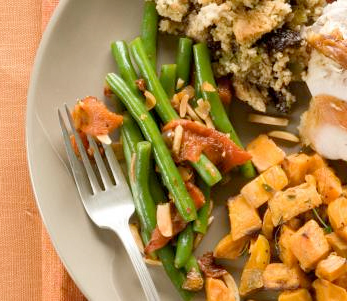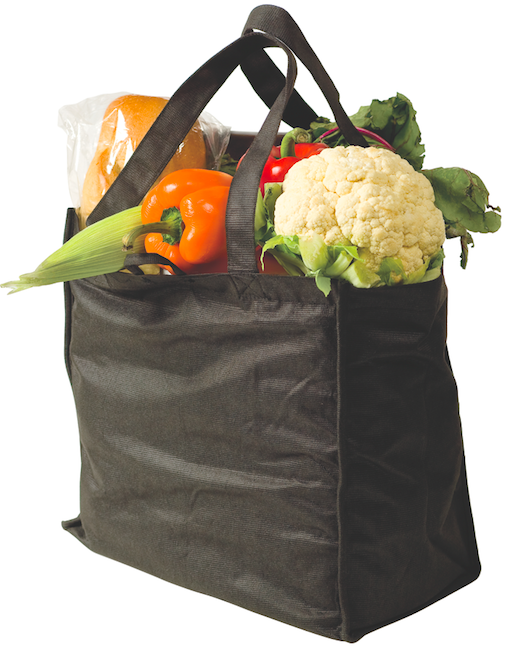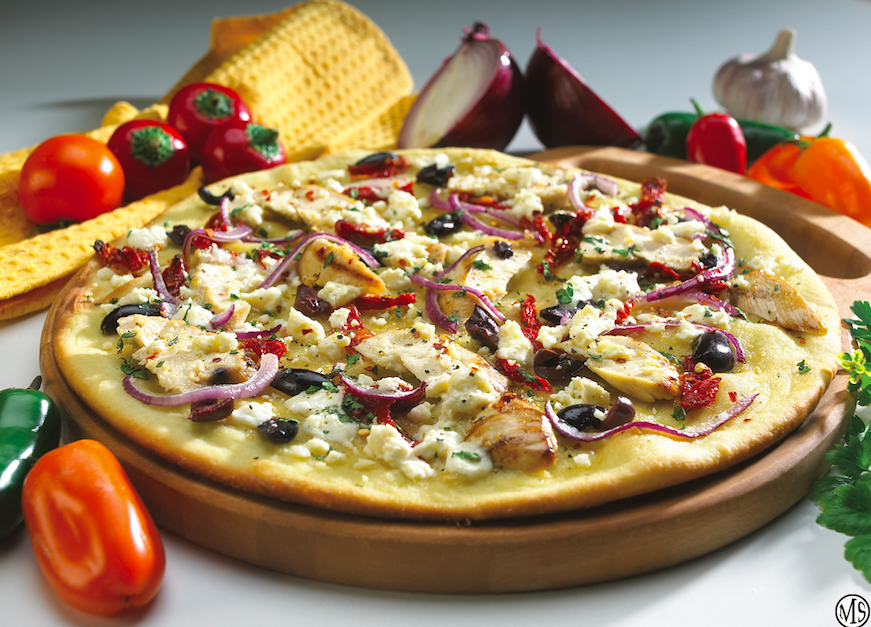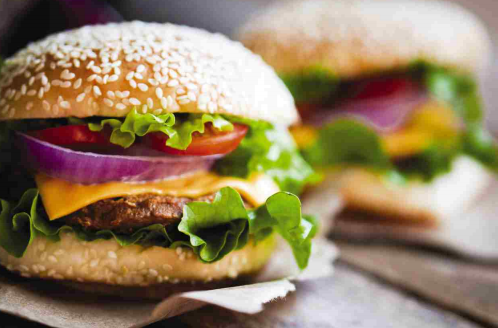As a result of the economic downturn that began in 2008, many families found themselves forgoing traditional vacations in favor of “staycations.” In such instances, families spent time away from work and school together but did not travel far, if at all.
While the economy has bounced back since the dawn of the staycation, many families are still choosing to stay at home in an effort to save money. Staycations might not seem as glamorous as traveling abroad or as relaxing as spending a week in an oceanfront resort or condominium, but there are ways for families to make staycations more fun and seem like a true departure from everyday life.
• Experiment with new cuisine.
One of the joys of travel is the opportunity to dine out and experience cuisine native to particular locales. But families don’t need to travel abroad to enjoy this particular benefit of traveling. The internet is home to a wealth of recipes from countries far and wide. Parents and their kids can choose recipes online and prepare meals from a different country each night, or pick a “country or region of the week” and prepare a different dish native to that area each night. This provides a great departure from ordinary family dinners and can make for a fun activity for the whole family.
• Camp out.
Straying from the norm, even when staying at home, can make staycations seem more like a vacation than merely a week away from school or the office. Parents who want to add a dash of adventure to their families’ staycations can set up tents in the backyard and sleep under the stars or seek out local campsites that are free or relatively inexpensive. Tell stories around a backyard firepit when staying at home to provide a more authentic camping experience for everyone.
• Take in local culture.
Rather than spending the week lounging around the house or the backyard pool, families can explore the cultural opportunities in their towns or cities. Busy families tend to take such opportunities for granted when they get caught up in the daily grind, and exploring local history and artistic opportunities in the same way you would when traveling can provide a sense of excitement similar to that experienced during more traditional vacations. Visit a local zoo, take in a performance at a local theater company or take a guided historical tour of an area of your hometown or a nearby city.
• Indulge in an extraordinary activity.
While families typically choose staycations to save money, forgetting the budget to enjoy one extraordinary activity can make a staycation more fun and memorable. Spend one day during the staycation doing something the family would not ordinarily do, be it visiting an all-day amusement park, taking a helicopter tour of a nearby city or going to a ballgame. Such a break from the norm, even if it’s only for a single night, can make staycations feel more like vacations.
Staycations have become an economic necessity for many families, and there are many ways for parents to make such times as enjoyable and unique as more traditional vacations.















